Aubergine is considered one of the best, if not the best, restaurant in Canberra, depending on whom you ask. Chef Ben Willis consistently uses four main ingredients to create his dishes. This contrasts with some other popular Canberra restaurants which, in my view, put too many flavours on the plate. The result is very “bitty” and not at all memorable.
This recipe was inspired by a dish I was served at Aubergine recently when we were celebrating our wedding anniversary. As part of a four course degustation, the serving was small so I’ve increased the quantities to make a more substantial and certainly more rustic starter or light lunch. The four main ingredients are beef, walnuts, fig and a creamy mousse. I’m not sure how they made the mousse so I had to guess.
A bottle of 2013 Hilltops Shiraz from Clonakilla, one of Australia’s leading small wineries located in the Canberra district, went well with this dish.
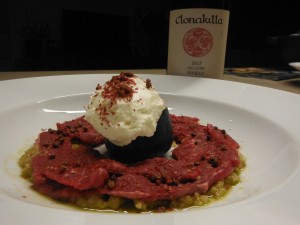 4 fresh figs
4 fresh figs
150-200g trimmed fillet of beef (see note)
150ml whipping cream
50g soft goat’s cheese
1 Tbs black sesame seeds or pink peppercorns (see note)
Extra Virgin olive oil
Juice of half a lemon
Walnut Pesto:
1 cup walnut halves or pieces
1 clove garlic, crushed
1/3 cup olive oil
Salt and freshly ground black pepper to taste
Trim meat, wrap tightly in plastic wrap and freeze for an hour, then slice very thinly and press each slice flat with the palm of the hand.
Make pesto: place walnuts and garlic in food processor and chop finely. With motor running add oil through the feed chute until you have the consistency of pesto. Season to taste.
Cut tops off the figs and, if necessary, trim a little off the bottoms so they sit flat. Arrange one in the middle of four serving plates. Spread some walnut pesto in a halo around each fig, then arrange some beef slices on top, slightly overlapping.
Whip cream till thick then add goat’s cheese and whip just enough to incorporate. Season to taste with salt and pepper. Using two spoons or an ice-cream scoop dipped in hot water, arrange an “egg” of mousse on top of each fig.
Place black sesame seeds or pink peppercorns in a spice grinder or coffee grinder and pulverise. Sprinkle some over the goat’s cheese mousse and the beef.
Drizzle a little lemon juice over the beef and a little Extra Virgin olive oil around the edge of each plate. Serve with fresh bread or toast.
Serves 4
Note: to end up with a piece of trimmed fillet weighing 150-200g you will need to start with a bigger piece. I bought one kilo and after trimming ended up with the piece I used for the carpaccio, two nice thick steaks and a bag of strips to make Stroganoff, which I froze to use on other occasions.
Black sesame seeds are sold in Asian shops and pink peppercorns, which and not really peppercorns at all, are available at specialty shops such as The Essential Ingredient. Black sesame seeds would have made a better colour contrast to the beef, but I had run out so had to find something else in the pantry.
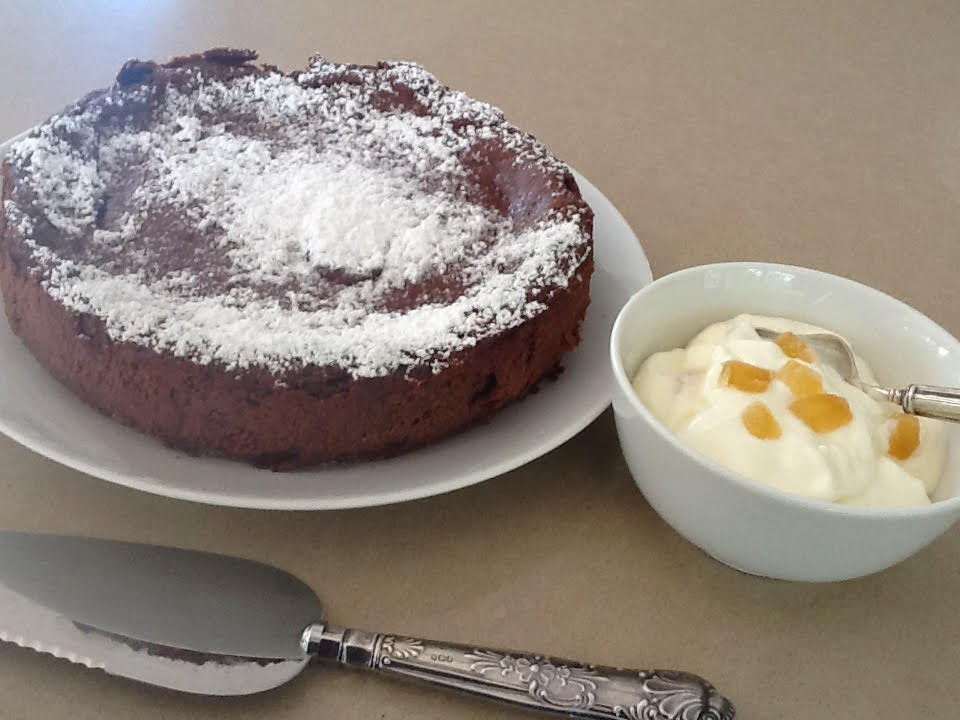 With a food processor this dessert is quick to make. Really chocolatey and not too sweet.
With a food processor this dessert is quick to make. Really chocolatey and not too sweet.
 250g puff pastry, either ready-rolled or in a block
250g puff pastry, either ready-rolled or in a block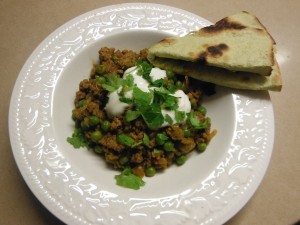 1 Tbs oil
1 Tbs oil
 4 fresh figs
4 fresh figs 6 small ripe pears
6 small ripe pears
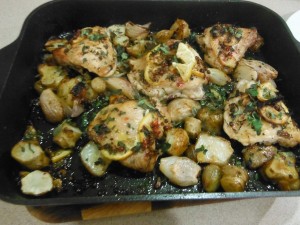
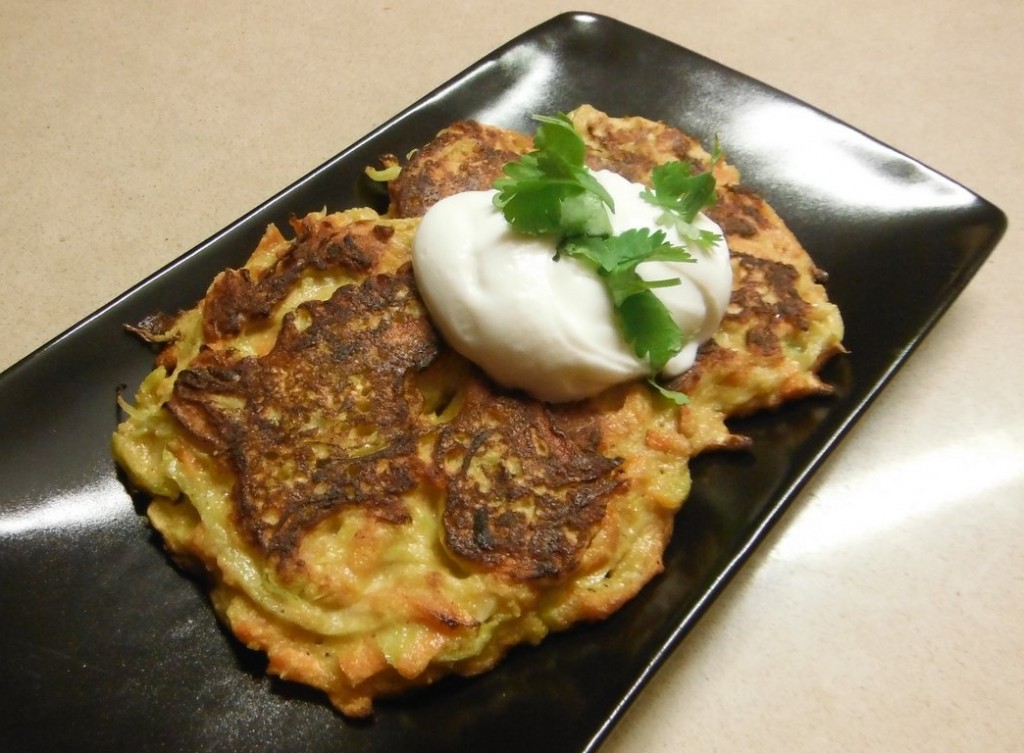 2 eggs
2 eggs